Glossary
Hydroponics - a subset of hydroculture and is a method of growing plants using mineral nutrient solutions, in water, without soil.
LECA - Light Expanded Clay Aggregate, consists of small, lightweight, bloated pieces of burnt clay. It is an environmentally friendly, entirely natural product incorporating the same benefits as tile in brick form LECA is non-combustible, and impervious to attack by dry-rot, wet-rot and insects.
NFT - nutrient film technique, is a hydroponic technique wherein a shallow stream of water containing all the dissolved nutrients required for plant growth is re-circulated past the bare roots of plants in a watertight gully, also known as channels.
Ebb n Flow - is a form of hydroponics that is known for it's simplicity, reliability and low initial investment. Pots are filled with and inert medium ( LECA ) which functions to anchor the plants roots and a nutrient solution is pumped from a supply tank to the growing bed that houses the plants. This action happens periodically for short intervals between 5 and 10 minutes, then drains back into the supply tank by gravity.
Aeroponic - is the process of growing plants in an air or mist environment without the use of soil or an aggregate grow medium. The basic principle of aeroponic growing is to grow plants suspended in a closed or semi-closed environment by spraying the plants dangling bare roots and lower stem with an atomized, sprayed, or misted nutrient rich water solution.
DWC - Deep Water Culture is a hydroponic method of plant production by means of suspending the plant roots in a solution of nutrient rich, oxygenated water. An air pump powering an air stone oxygenates the nutrient solution; when properly oxygenated the plants roots can submerged indefintely.
pH - is the measure of acidity or basicity of an aqueous solution. Solutions with a pH less than 7 are said to be acidic and solution with a pH greater than 7 are basic or alkaline.
PPM - is a way of expressing very dilute concentrations of substances. Just as a percent means out of a hundred, so parts per million (PPM) means out of a million. Usually describes the concentration of something measured in water or soil. One ppm is equivalent to 1 milligram per liter of water (mg/l) or milligram per kilogram of soil (mg/kg).
TDS - Total Dissolved Solids is a measure of combined content of all inorganic and organic substances contained in a liquid in molecular, ionized or micro-granular suspended form. Commonly TDS is measured in ppm.
EC - Electrical Conductivity is the measure of a material's ability to accomodate the transport of an electrical charge. This is commonly used in hydroponics, aquaculture and freshwater systems to measure the amount of nutrients, salts or impurities in the water. EC is the most accurate measuring system between PPM, TDS and EC.
H.I.D. - High Intensity Discharge. These are a type of electrical gas-discharge lamp which produces light by means of an electrical arc between electrodes housed inside a transparent or translucent arc tube. High Intensity Discharge lamps make more visible light per unit of electric power consumed than flourescent and incandescent lamps since a greater proportion of their radiation is visible light rather than contrast to infrared. HPS (High Pressure Sodium) and MH (Metal Halide) lights are H.I.D. lights.
HPS - High Pressure Sodium. This is a type of sodium vapor bulb which produces a pinkish orange light and is efficient for growing flowering plants. HPS is a type of H.I.D. light.
MH - Metal Halide. This is a type of mercury vapor bulb which produces a blueish white light and is efficient for growing vegetative plants. MH is a type of H.I.D. light.
NPK - Refers to the numbers on chemical and organic fertilizer packaging in regard to (N)itrogen, (P)hosphorus and (K) Potassium percentages in the product.
Nitrogen - Nitrogen (N) is an essential element of all amino acids. Amino acids are the building blocks of proteins. Nitrogen (N) is also a component of nucleic acids, which form the DNA of all living things and hold the genetic code. Nitrogen (N) is also a component of chlorophyll, which is the site of carbohydrate formation (photosynthesis). Chlorophyll is also the substance that gives plants their green color. Photosynthesis can occur at a higher rate when sufficient (N) Nitrogen levels are achieved. Plants receiving sufficient amounts of (N) Nitrogen will usually exhibit vigorous growth and have a dark green color.
Phosphorus - Phosphorus (P) is a component of the complex nucleic acid structure of plants, which regulates protein synthesis. Phosphorus (P) is, therefore, important in cell division and development of new tissue. Phosphorus (P) is involved in several key plant functions, including energy transfer, photosynthesis, transformation of sugars and starches, nutrient movement within the plant and transfer of genetic characteristics from one generation to the next.
Potassium - Potassium (K) increases crop yield and improves quality. It is required for numerous plant growth processes. Potassium (K) "activates" at least 60 different enzymes involved in plant growth. Potassium (K) is used to regulate the opening and closing of stomates ... the pores through which leaves exhange Carbon Dioxide, water vapor and Oxygen with the atmosphere. High levels of available Potassium (K) improves the physical quality, disease resistance and shelf life of fruits and vegetables.




